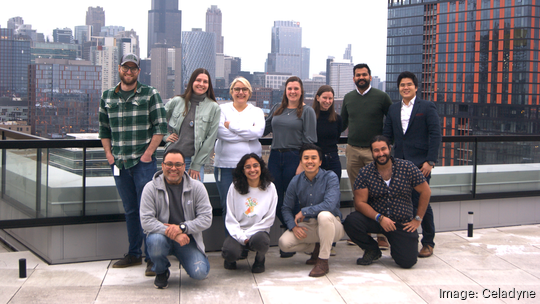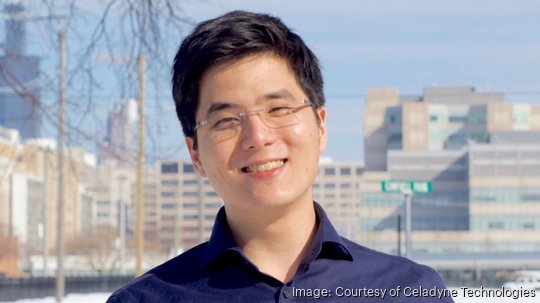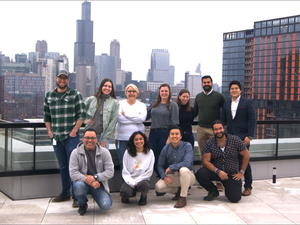
A Chicago hydrogen fuel startup is expanding its military partnerships as it continues to work toward a more sustainable transportation future.
Celadyne Technologies Inc. raised $4.5 million in funding to begin the year to create more durable fuel cells as an environmentally friendlier alternative to diesel engines. Now the company is bringing its fuel cells to the United States Army as part of the Army’s push to bring potentially valuable small-business innovations to its operations.
The company signed a $1.9 million contract expansion contract with the U.S. Army this week to show that its 50-kilowatt fuel cells can be used for ground support vehicle applications.

Celadyne founder and CEO Gary Ong said he’s excited to jump into the next chapter of this partnership as the Army continues to see fuel cell research as an emerging technology. Ong thinks hydrogen will be a huge piece of the puzzle when it comes to decarbonization.
“The value proposition they were seeking is very similar to the value proposition we are already trying to provide the commercial space,” Ong told Chicago Inno. “We look at the army as another customer that proves our technology works.”
Celadyne, which has raised $11 million to date, continues to find success by looking for alternative funding sources and by focusing on product market fit and customer validation.
A 2024 Inno Fire honoree, Celadyne since its founding in 2018 has received additional support from the U.S. Department of Energy, National Science Foundation, ARPA-E and Department of Defense, among others. Ong reiterated that the expansion contract further validates the technology as the company looks to target both military and civilian markets.
“You can find money, but it’s much harder to get validation that you’re building something that people actually want," Ong said.
He added that when it comes down to fundraising, there are investor monies and debt financing, and then there’s customer financing, and your strategy should always encompass one of the three whenever possible.
"I think one of the biggest mistakes people seem to make is that they always tend to think that venture capital is the only way to get money," he said.
Sign up for the Business Journal’s free daily newsletter to receive the latest business news impacting Chicago.







